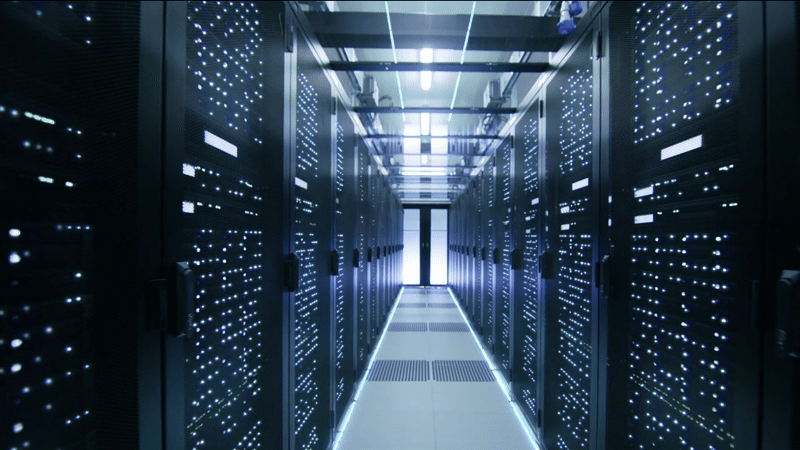In our modern, interconnected world, it seems almost everyone, students, parents and even grandparents, spend some time online. Whether connecting with friends, shopping or managing your finances, the internet has become a big part of our lives. Unfortunately, it also presents hazards: cybercriminals count on taking advantage of both the tech-savvy and the naïve. The good news is that you do not have to make staying safe online complicated.
What is Cybersecurity?
Cybersecurity means simply protecting your computer and smartphone and online accounts against viruses, scams and hackers. It is keeping your personal information; all those pictures, messages and details related to your banks; safe from prying eyes, for people who should not see any of it.
Why Should Everyone Care?
Anyone can be targeted. You may be saying “why would a hacker take aim at me.” Well, hackers often make it really broad and wind up taking anyone that makes a small mistake.
Simple Steps to Stay Safe Online
Use Strong Passwords
Choose long, unique and difficult to guess passwords, and do not make simple combinations, such as 123456, or password. A password manager is a helpful tool for managing all those diverse passwords to all your accounts.
Be Wary of Links and Attachments
Do not click on links in unknown or suspecting emails and messages, and do not download attachments. Again if you think it seems too good to be true, it likely is.
Ensure Devices are Updated
Be aware of your phone, computer and apps. Updating applications or devices will often fix security holes that an attacker may use.
Use Multi-Factor Authentication (MFA)
If at all possible, use MFA for your accounts. It means an additional step, where you will be required to enter a code that is sent to your phone when logging in to an account, making it more difficult for someone to break in.
Be Careful What You Share
Be mindful of your social media posts. Personal information; such as your birthday, address, or even your pet’s name can be used by a hacker, in order to guess your passwords or security questions.
Share What You Are Learning
Be sure to share what you learn about cybersecurity with your family and friends. The more people you can help stay informed about technology and information security, the safer we will all be.
Common Scams
Hackers use usernames and passwords from old data breaches to log into other sites. This works because people reuse passwords a lot.
A sneaky move where hackers inject malicious scripts into trusted websites. When you visit the site, the script runs, often stealing your cookies, sessions, or login tokens.
3. Malware:
It is short for malicious software and includes viruses, worms, ransomware, spyware, trojan horses, etc., software that will mess with your device.
When you visit a sketchy site (or sometimes even a normal-looking one) and malware is downloaded on your device without you even clicking anything.
5. Malvertising
Malicious ads can get you hacked. When you click one and get redirected to malware-ville. Sometimes you don’t even have to click. Just existing on the same page is enough.
6. Phishing:
When an attacker pretends to be someone else to exhort personal information from users like passwords, bank details, or trick you into sharing critical information etc.
No code, no viruses, just human trickery. Hackers manipulate people into giving up access or info. Scam calls usually classify under this.
What To Do If Something Goes Wrong
If you accidently clicked on a link or suspect your account has been compromised:
- Change your password immediately.
- Contact your bank or other relevant institution.
- Perform a security scan on your device.
Final Statement
Cybersecurity is not only a technical expert’s responsibility; it is something that everyone can participate in and should. With a drop of diligence, you can enjoy the digital world and keep yourself and your family safe. Be vigilant, be aware, and do not be afraid to ask questions, being careful online is always in style.
